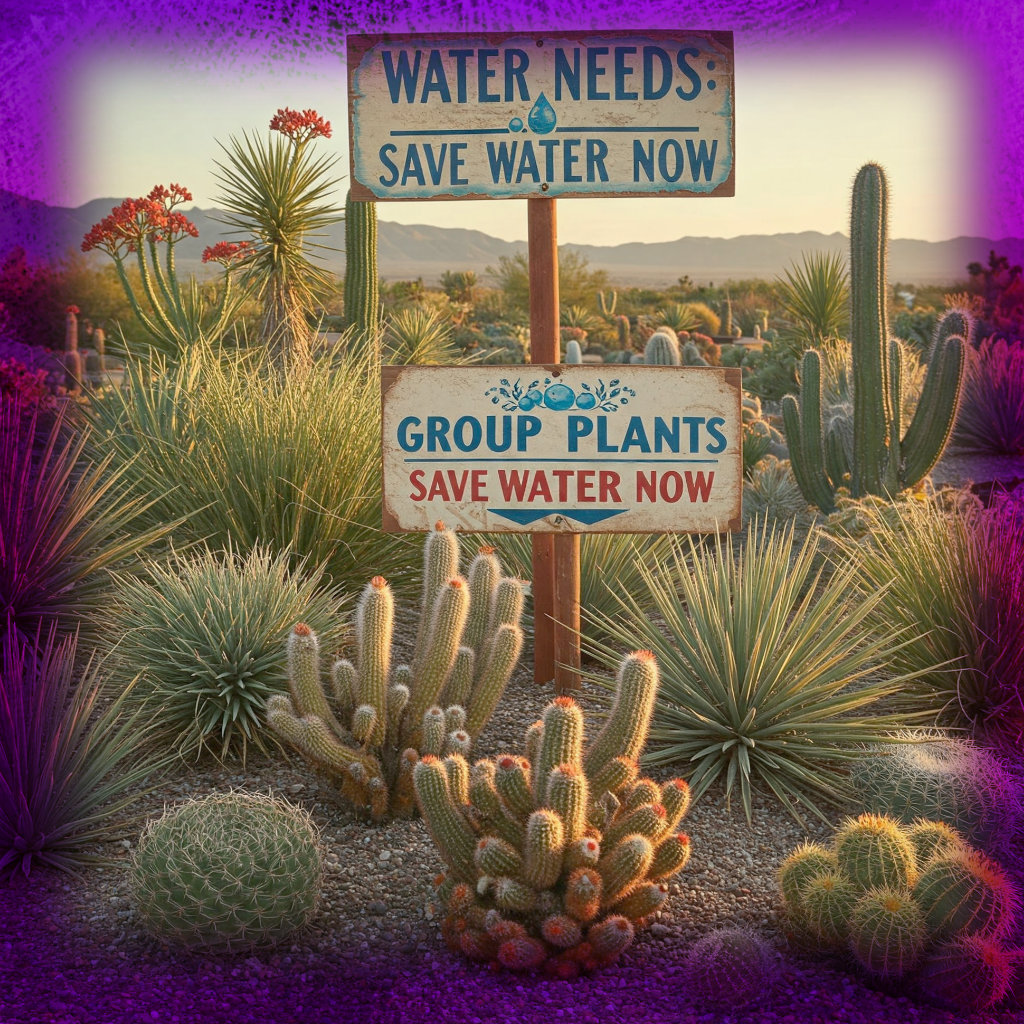Water scarcity is no longer a distant concern—it’s a pressing reality. With droughts intensifying and freshwater reserves dwindling, responsible water use has become essential. Surprisingly, landscaping accounts for nearly 30% of residential water consumption in many regions. However, a simple yet highly effective strategy can drastically reduce waste: grouping plants by their water needs.
This method, known as hydrozoning, ensures that thirsty plants receive ample hydration while drought-tolerant varieties aren’t overwatered. Beyond conservation, this approach promotes healthier root systems, fewer diseases, and lower maintenance. Whether you’re a novice gardener or a seasoned horticulturist, mastering plant grouping can transform your garden into a water-smart oasis.
Understanding Plant Water Requirements
Plants absorb water through their roots, using it for photosynthesis, nutrient transport, and temperature regulation. However, not all plants have the same demands.
- Succulents and cacti store water in their leaves, thriving in arid conditions.
- Leafy greens and ferns wilt quickly without consistent moisture.
- Deep-rooted trees access groundwater, while shallow-rooted annuals need frequent surface watering.
Misjudging these needs leads to overwatering (causing root rot) or underwatering (stunting growth). By categorizing plants based on their hydrological preferences, you ensure each receives just the right amount—nothing more, nothing less.
The Concept of Hydrozoning
Hydrozoning is the practice of organizing plants into zones based on their water requirements. Think of it as creating neighborhoods where plants with similar “lifestyles” live together.
Benefits of Hydrozoning:
✔ Efficient Irrigation – No more wasting water on drought-resistant plants.
✔ Healthier Plants – Prevents root diseases from overwatering.
✔ Lower Bills – Reduces water usage by up to 50%.
✔ Simplified Maintenance – Watering schedules become streamlined.
For example:
- High-water zone: Lettuce, hydrangeas, and impatiens near a drip line.
- Low-water zone: Lavender, yucca, and sedum in a sunny, dry spot.
Types of Water-Needy Plants
Not all plants drink alike. Understanding these categories helps in smart grouping:
1. High-Water Plants
- Examples: Ferns, bananas, willows.
- Signs of thirst: Drooping leaves, dry soil.
- Best placement: Shaded areas, near water sources.
2. Moderate-Water Plants
- Examples: Roses, tomatoes, most vegetables.
- Watering needs: Deep, infrequent soakings.
- Best placement: Well-draining soil with mulch.
3. Drought-Tolerant Plants
- Examples: Agave, sage, ornamental grasses.
- Survival trick: Deep roots or water-storing leaves.
- Best placement: Sunny, dry slopes.
Assessing Your Garden’s Water Zones
Before rearranging plants, map your garden’s microclimates:
- Sun Exposure: Full sun areas dry out faster.
- Soil Type: Sandy soil drains quickly; clay retains moisture.
- Slope vs. Flat: Water runs downhill, leaving elevated spots drier.
Pro Tip:
Use a soil moisture meter to identify wet and dry zones before planting.
Creating Efficient Water Groups
Now, cluster plants strategically:
- Group 1 (High Water): Near downspouts or irrigation lines.
- Group 2 (Moderate Water): Middle zones with occasional watering.
- Group 3 (Low Water): Far from sprinklers, in naturally dry spots.
Avoid mixing thirsty plants with desert-loving ones—competition for water stresses both.
Soil Preparation for Water Retention
Good soil holds moisture without drowning roots.
- Add compost – Improves water retention.
- Mulch heavily – Reduces evaporation by up to 70%.
- Avoid compaction – Aerate soil so roots can access water.
Choosing the Right Irrigation System
- Drip Irrigation: Best for precision watering.
- Soaker Hoses: Ideal for vegetable patches.
- Smart Timers: Adjust based on weather forecasts.
Never use sprinklers for drought-tolerant zones!
Rainwater Harvesting for Plant Grouping
Why let rain go to waste?
- Install rain barrels under downspouts.
- Use gravity-fed drip systems to distribute water.
- Create swales (shallow trenches) to direct runoff.
Xeriscaping: The Ultimate Water-Saving Strategy
Xeriscaping replaces thirsty lawns with low-water alternatives:
- Ornamental grasses (e.g., blue fescue).
- Native wildflowers (e.g., coneflowers).
- Rock gardens & gravel paths.
Bonus: Xeriscapes attract pollinators while slashing water use.
Conclusion
Grouping plants by water needs isn’t just smart—it’s essential in an era of water scarcity. By hydrozoning, optimizing irrigation, and choosing drought-resistant species, you can cut water waste, save money, and cultivate a thriving garden.
Start today—your plants (and the planet) will thank you.

